Before we venture into this goat milk body butter recipe we need to discuss why one might not want to make body butter with a liquid. Some one was asking about a goat milk body butter recipe over on the soap making forum and was giving this information:
Basically, what you specifically need is a recipe for an emulsified body butter (which is much different and involves more work to make than an anhydrous body butter), for anytime you add water or something with water in it- like milk- to a body butter, you’ll need an emulsifier to keep the water and oil together in suspension. And you’ll definitely need a good preservative, too. And you’ll need to follow proper lotion-making procedures such as sanitizing and heating/holding, etc…. I would narrow your search field down to read ’emulsified body butter’. You’re sure to get more hits that way.
I’ve never added milk to my lotions or emulsified butters before, but I know of a few that do. One of them from another forum (who I find to be trustworthy) never uses more than 10% goat milk in her recipe (along with a good preservative) and another one from here never goes over 12%.
Don’t forget to Pin this Goat Milk Body Butter Recipe
Goats Milk Body Butter Recipe – Adapted From an Emulsified Body Butter Recipe Which Uses Water
INGREDIENTS
Jojoba OilMango ButterEmulsifying wax (steareth-21 variety)NOTE: This recipe is NOT designed for use with BP or NF varieties of emulsifying waxCetearyl AlcoholClean water (distilled or mineral if you wish)Preservative (recommend Geogard Ultra)Essential or Fragrance oil/s of your choice
Find these ingredients on Amazon:
Traditional Emulsifying Wax 1 Lb
Jojoba Oil Golden Organic 100%
Raw Mango Butter
Cetearyl Alcohol
Essential Oil Variety Set Kit
Phenonip – Natural Preservative
Germaben II – Natural Preservative
&
HOW TO…..
Weigh the ingredients all into the one saucepan in the following quantities…
Jojoba Oil: 44gMango Butter: 22gEmulsifying wax: 32g (This recipe is NOT designed for use with BP or NF varieties of emulsifying wax)Cetearyl Alcohol: 36gClean Water: 150gEssential or fragrance oil/s as preferred 5mlPut the saucepan over a gentle heat and wait until the mango butter has almost completely melted. At this stage, the emulsifying wax will be softening to a gel. Whisk gently (more stirring than whisking), preferably with a hand whisk over a moderate heat until the emulsifying wax has completely incorporated, and you have a watery-consistency white or white-ish emulsion (do not boil).It is important to keep the mixture HOT but not boiling until ALL the ingredients have completely emulsified with no traces of gel-like substance remaining. It will become opaque white-ish colour when the emulsifying wax has completed its job, so until this stage, keep on the heat (gently simmering, not boiling) and keep gently and slowly whisking, checking to make sure all traces of a clear gel-like substance have disappeared.Remaining ingredient quantities…
Preservative (Geogard Ultra): 1g (if using any other preservative, you should refer to recommended inclusion levels)Essential or fragrance oil/s as preferred 5mlTake off the heat and add the preservative (this comes as a powder which dissolves readily in water) and now using a spoon, stir in thoroughly, then continue gently stirring whilst the liquid starts to cool and takes on a slightly creamier consistency. At this stage add the essential oils or fragrance, pour into a suitable container and leave to cool further stirring gently as the mixture cools and thickens. Once completely cool you should have a good quality moisturizing body butter ready to transfer into a suitable jar or jars.TIP: your mixture will cool much quicker if you place the container in a ‘bath’ of cold water.
NOTE: The addition of the preservative should guarantee a shelf life in excess of 6 months.
To make this a goat milk body butter recipe,
Looking for ready to use body butter?
Tree Hut Shea Body ButterCheck PriceThe Body Shop Body ButterCheck PriceRighteous Butter Body ButterCheck PriceNatural Body ButterCheck PriceCherry Blossom Body ButterCheck PriceWhipped Argan Oil Body ButterCheck PriceShea Festive Bauble Gift SetCheck PriceArgan Oil Body ButterCheck Price
&
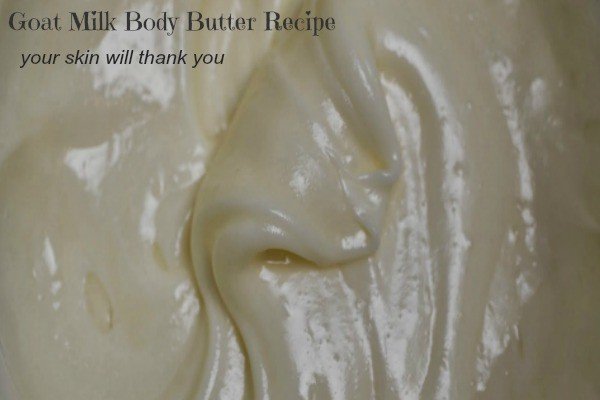

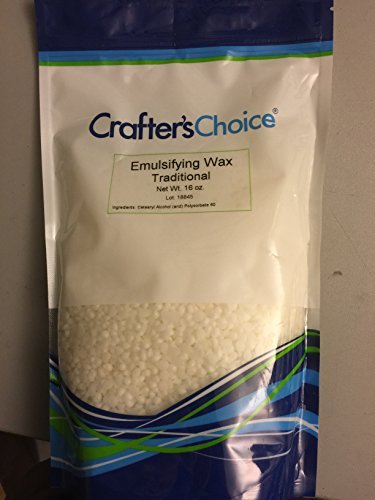

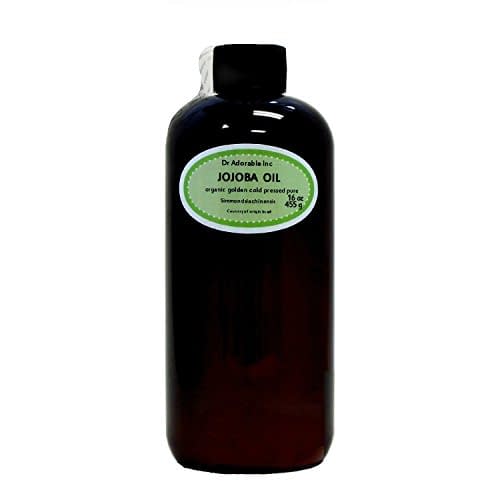
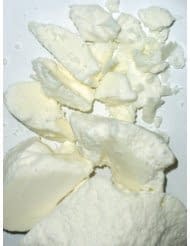

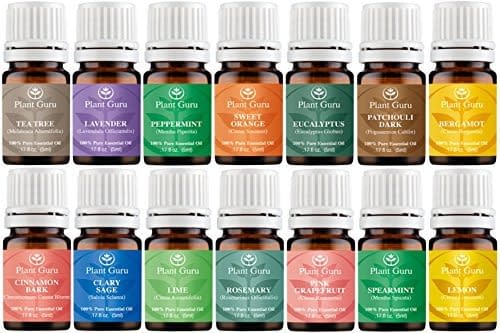
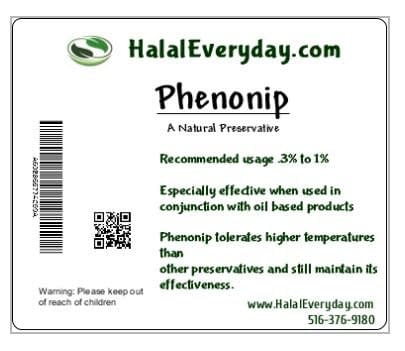
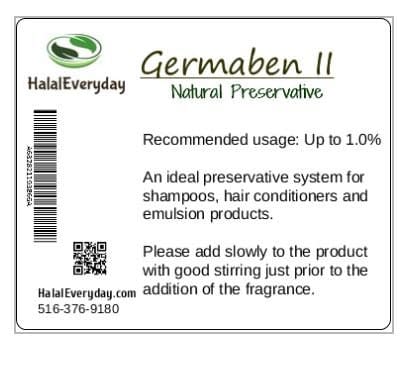
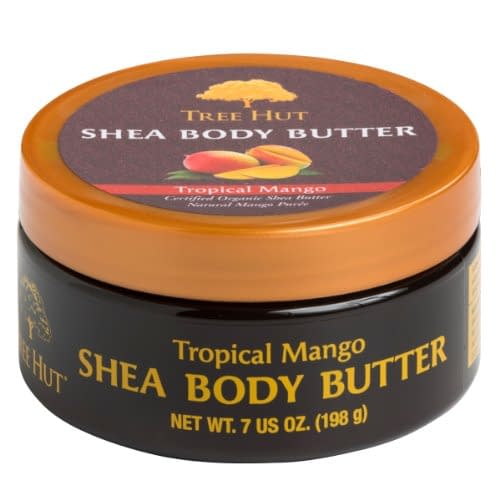
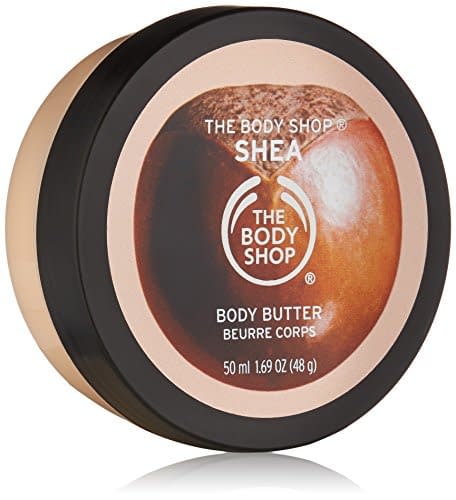
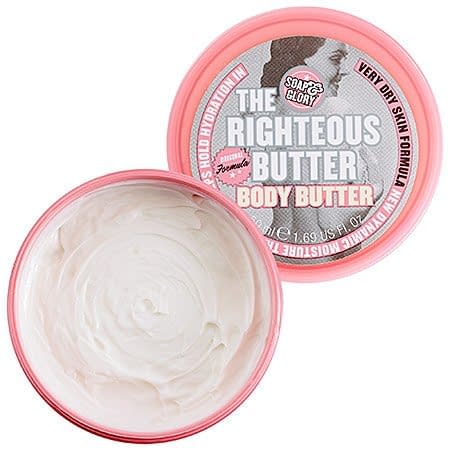
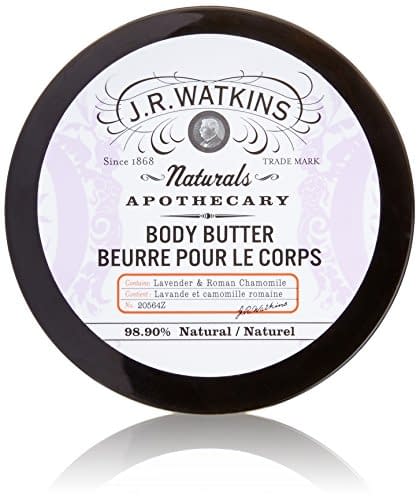


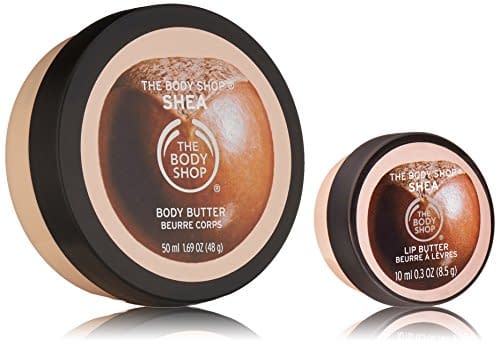
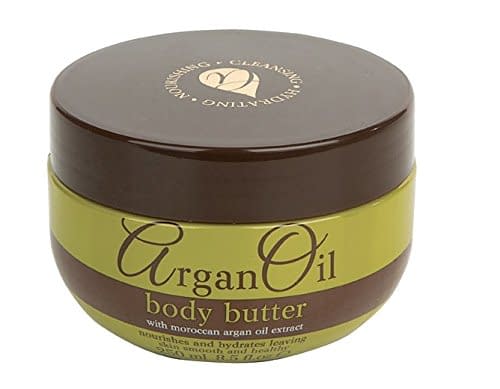

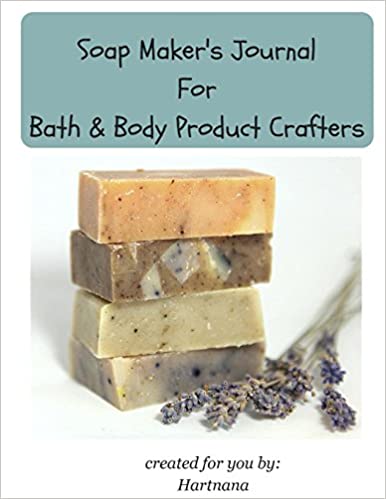 Find this on Amazon:
Find this on Amazon: